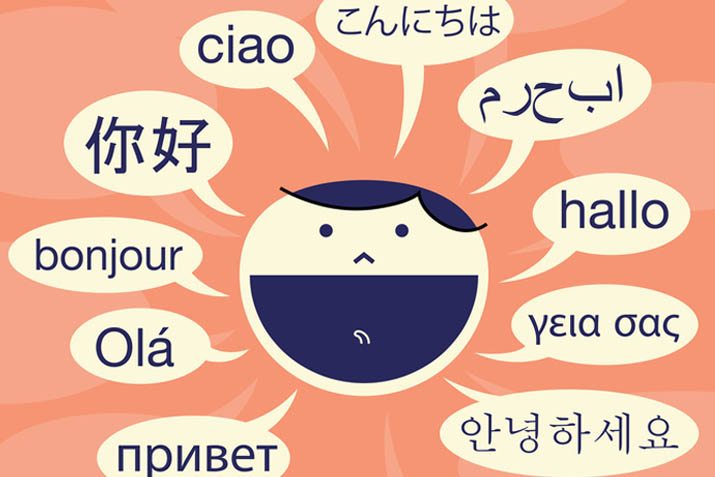Improving Customer Service: The Challenge of a Language Barrier
Customer service is one of the most critical areas within a company – you’re talking about a unit that’s responsible for helping/serving customers, who are, basically, the lifeblood of the company. So, it’s obvious that customer service needs to be quick, efficient, and effective.
But, there are times when customer service efficiency and effectiveness can be tested to the limit. This is especially true in scenarios that require multilingual communication.
In a global business landscape, growing organizations cannot avoid expanding into other territories if they intend to stay in the game. So, how can they overcome the challenge of multilingual customer service?
Helpdesk basics
Assuming that you’ve just entered the foreign market, the best way to keep your customer service going is by training teams to communicate the right way.
Start off by training them on how to speak. Ideally, this would include learning to speak slowly and with a focus on clarity. Your customer service teams may be used to a faster pace back home, but, this is a new market and they have to adapt.
Train them to use the right words and to avoid certain jargon. Your customer service teams are obviously used to using jargon or terms that have meaning back home. However, those words may not even exist in your foreign customer’s dictionary. Or worse, they could have a completely different meaning, in which case, you could be risking miscommunication. The goal must be to keep communication as simple as possible.
Other than that, train your customer service teams to simplify the message. In most cases, communication can be broken down into its basic parts in order to convey the message. There are certain keywords and terms that can be used. Your customers are intelligent enough to put those words in the right context and make sense of what is being said.
Localize
Now that we’ve cleared up on how to communicate, the next step in the evolution of the customer service function is localization. All said and done, this is a phase that customer service departments simply cannot avoid in a globalized business scenario. It’s going to happen sooner or later.
So, what are the localization options you have with regard to customer service?
Solution one would be to hire onsite interpreters. Onsite interpreters can be very effective in scenarios involving high volume calls. However, onsite interpretation is an expensive option and returns are only realized if you have high call volumes.
The other option would be to hire multilingual customer service teams. However, this would require greater resources and therefore, it’s an option limited to large enterprises.
The third option can include translation services. Translation services are effective and they don’t cost much. However, translation may not be the ideal option for helpdesk-related services. They are far more effective if your customer services mostly encompass textual solutions such as emails, FAQs or chatbots.
Finally, there is the option of Over the Phone Interpretation or OPI. OPI is an on-demand solution that offers instant support to customers at an affordable price. With OPI, your customer service teams have access to trained interpreters round the clock.
Additionally, OPI service providers offer comprehensive packages covering over 70 languages and with industry-specific attributes. However, the drawback is that this too is a helpdesk-specific service.
Now, what option you choose as part of your customer service localization strategy completely depends on your company’s needs and abilities. But, one thing is for sure, in order to make an impact in the global business scene, localizing your customer service is important.
Customer service is very much a part of your overall business strategy and failing to localize it can prove to be a major mistake.
Ready to go global? Sign up for a 2 week trial here and we’ll reach out to help.







